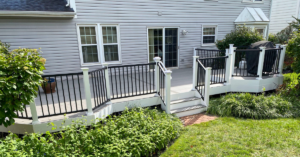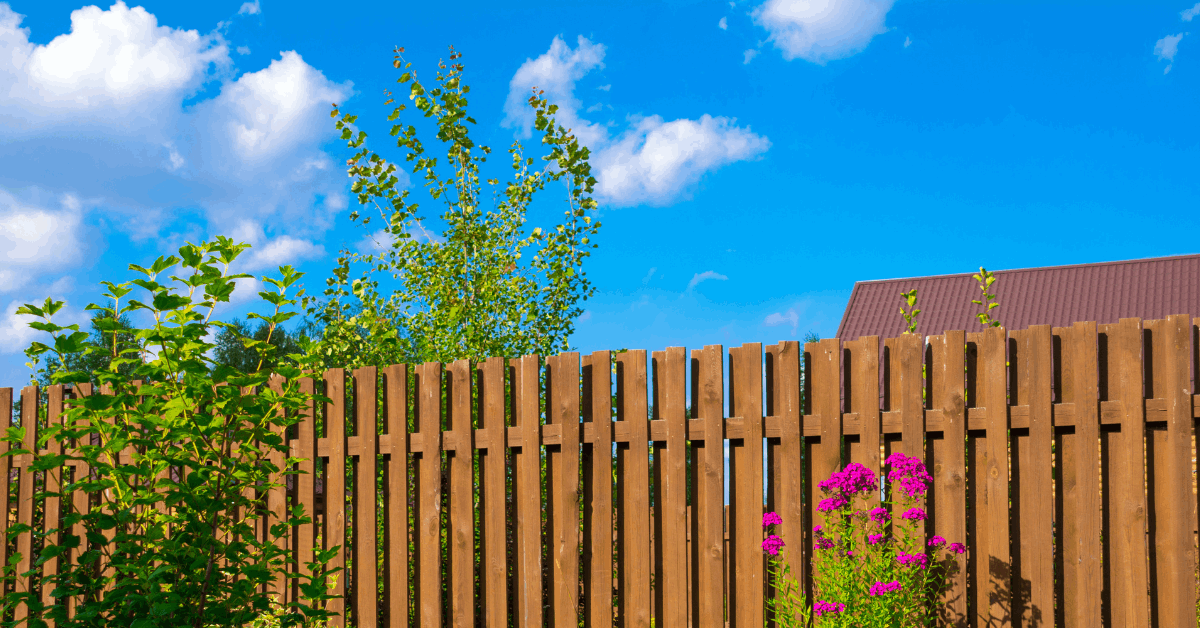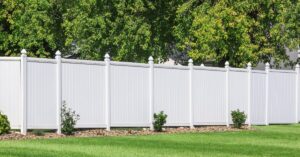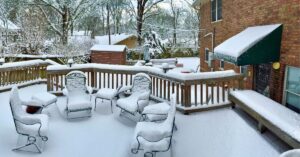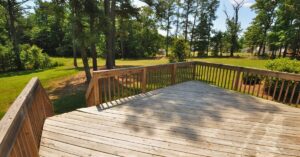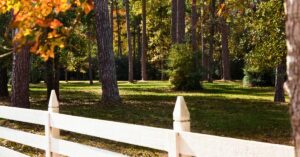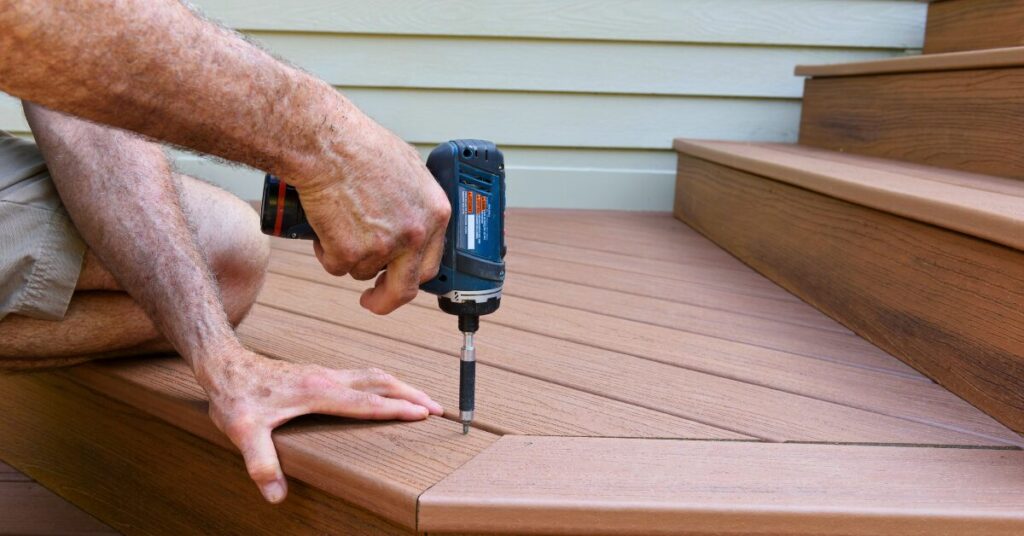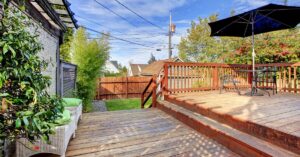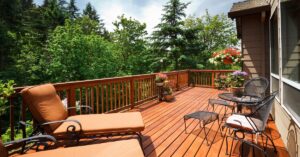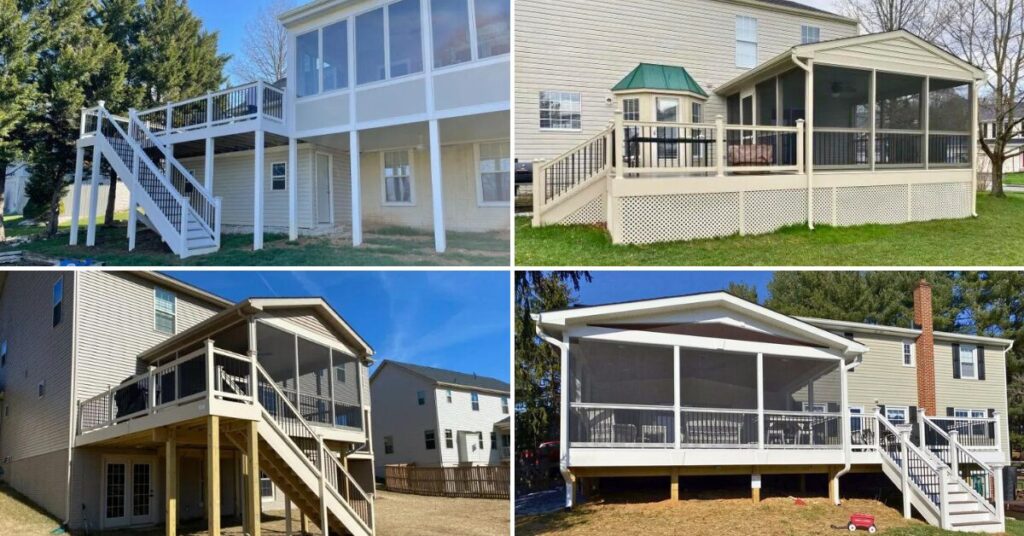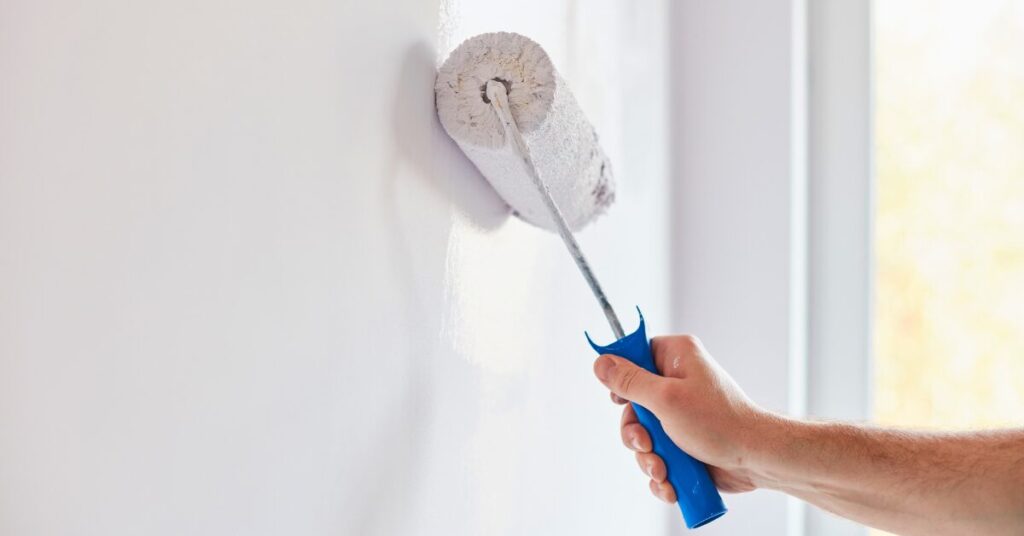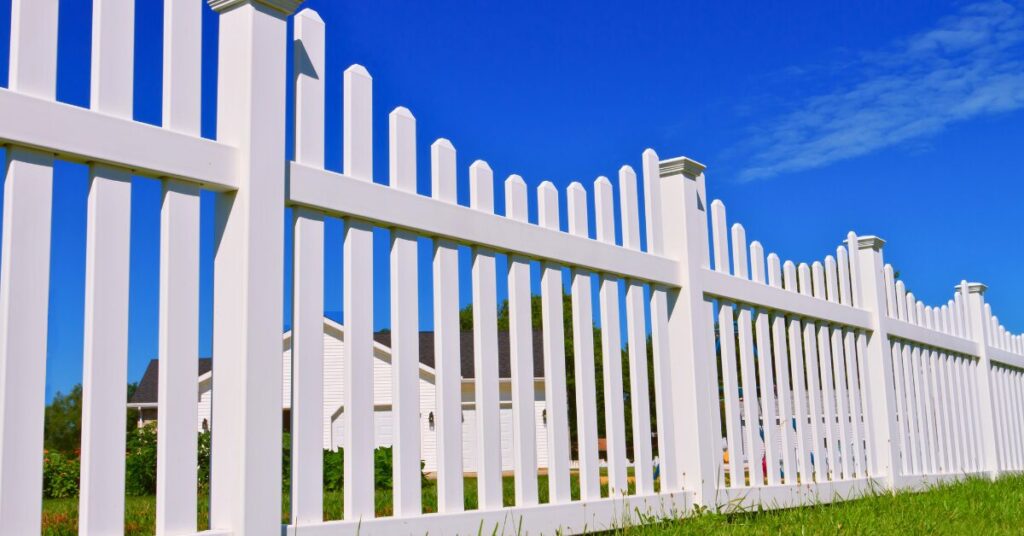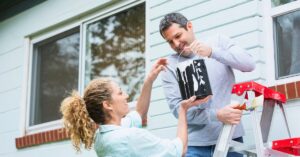
A shoddy paint job is easy to spot. Whether it’s peeling paint, missed spots, or other signs of deterioration, there’s a noticeable difference between good and bad exterior house painting. Don’t worry, though! There are plenty of mistakes that are easy to avoid making, as long as you’re aware of them. If you want your exterior painting to look like it was done by a professional, steer clear of these pitfalls.
Mistake 1: Skipping Surface Preparation
We get it. You want to get to the exciting part. The sooner your house has a nice fresh look, the better. But failing to prepare every surface for your exterior painting job is non-negotiable if you want to do things the right way. You may be overjoyed immediately upon completion, but the flaws will soon start to show themselves and you’ll be kicking yourself for your impatience.Any exterior painting contractor will tell you that without surface preparation, you’ll notice peeling paint, poor adhesion, and an overall poor finish on your exterior paint. So get out your cleaning supplies and prepare those surfaces! You can start by doing a good old fashioned cleaning of all your exterior walls to remove dirt, mold, and mildew. This can be done with a scrub brush and cleaning solution, but a pressure washer will likely get the job done faster (it’s also a lot more fun). Once the cleaning is done, give your whole house a good inspection. Scrape off any loose paint or other blemishes and sand the surfaces to make them smooth.
Mistake 2: Using the Wrong Type of Paint
We’re getting closer to the fun part: Painting! Before slapping the first coat on your house, though, you should probably make sure you’re using the right kind of paint. If you go wrong here, the finish won’t last as long as it should, and it just won’t protect your home the way it needs to.
There are two types of paints you can use:
- Latex Paints: These water-based paints are known to have exceptional durability. In addition, they’re easy to apply and quick to dry. They work really well on most surfaces like stucco, brick, and wood.
- Oil-Based Paints: Want a smoother finish? This is the way to go. These are great for priming surfaces like metal or bare wood. Be aware, though, that they require more time to dry and they’re difficult to clean up.
The surface material you’ll be working with plays a big factor in the choice you make, so choose wisely! Wood surfaces can benefit from latex paints, and oil-based options can provide benefits for stucco and brick. If you need help deciding on paint types and brands, don’t be afraid to consult with your favorite exterior painting contractor!
Mistake 3: Ignoring Weather Conditions
You’re probably not in the mood to have all your hard work be ruined by bad weather. If that’s the case (and why wouldn’t it be?), try to plan to paint when these conditions are met:
- Temperatures between 50ºF and 85ºF
- Low humidity
- No precipitation
Outside of these conditions, the risk of blistering, cracking, or uneven finishes is higher. High humidity has the potential to slow the paint drying process and can even cause it to bubble. Extremely high or low temperatures, meanwhile, can affect the consistency of the paint, as well as its adhesion. We also advise against painting in direct sunlight, as the rays can cause the paint to dry too quickly and leave lap marks.We know meeting these conditions is easier said than done (especially in Maryland), but the closer you can come, the better. Though planning around the weather can be stressful and tedious, it’s worth it!
Mistake 4: Not Applying Primer
An exterior house painting job without primer is like a burger with no bun. Without it, things are likely to fall apart. Primer gives the whole job a uniform base, assists the paint with adhesion, and makes the finish durable. If you skip this step, expect an uneven finish and a shorter lifespan for the paint job you put so much effort into.
If your surface is new or newly repaired, primer is doubly important. Why? Because it seals the substrate and ensures your paint will soak in evenly. Additionally, if you’re painting over a dark surface, a primer prevents the underlying color from showing through.
Mistake 5: Applying Coats That are Too Thin or Thick
Some coats of paint are too thick. Some are too thin. The best ones are just right! But why does it matter? Well, if a paint coat is too thin, the paint hue can be inconsistent. Moreover, it simply won’t provide adequate protection against the elements. On the flip side of this coin are paint coats that are way too thick. When you slather paint on too thick, expect unwanted drips, sagging, and drying times that are way too long.So how do you get a nice even exterior house painting coat that isn’t too thick or thin? How do you hit that sweet spot? Start by using a high quality brush or roller. This is a project that you’re putting your time and money into, so it’s best if you avoid the cheap equipment. Quality equipment will allow you to apply paint in thin, even layers. Generally, two thin layers is better than one thick one. You’re essentially painting your house twice, but the end result will justify the work.
Mistake 6: Neglecting Safety Measures
According to this analysis from 2020, DIY home projects were responsible for 290,599 ER-treated injuries, with an additional 24,534 injuries requiring a hospital stay—and that’s not even factoring in DIYers who should have gone to the hospital but chose not to. While you’re performing your exterior house painting, don’t become part of one of those statistics. Take appropriate safety measures to avoid falls from ladders, overexposure to harmful fumes, and other injuries related to the painting equipment you’ll be using.
Make sure the ladder you’re using is sturdy. Place it on a stable surface, and have someone there to hold you steady. Gloves, goggles, and masks should be worn to protect against splatters and fumes. A painted house is worth hard work, but not an injury.
Conclusion
There are plenty of mistakes you could make when doing your own exterior painting, but that shouldn’t deter you if you know what they are and have a plan in place to avoid them. By preparing your surfaces, using the proper paints and equipment, and applying the paint properly, your home will have a beautiful new look that you’ll be proud of for years!
Of course, there’s no shame in needing a little help with your exterior house painting. As a qualified exterior painting contractor, we’ll be happy to help you out! Get in touch with us at Albaugh & Sons.
Happy painting!

Customer Testimonials
We could talk all day about the happy homeowners we’ve provided renovations for, but the real measure of merit lies in customer reviews. See what people are saying about Albaugh & Sons.

